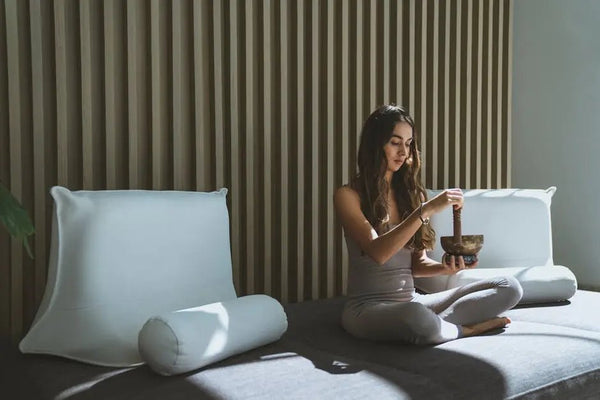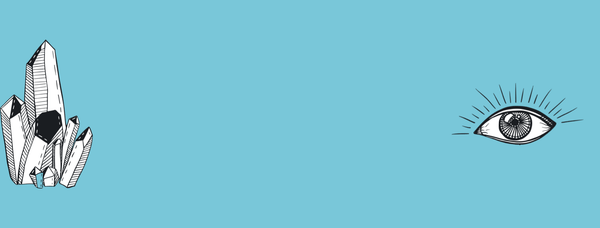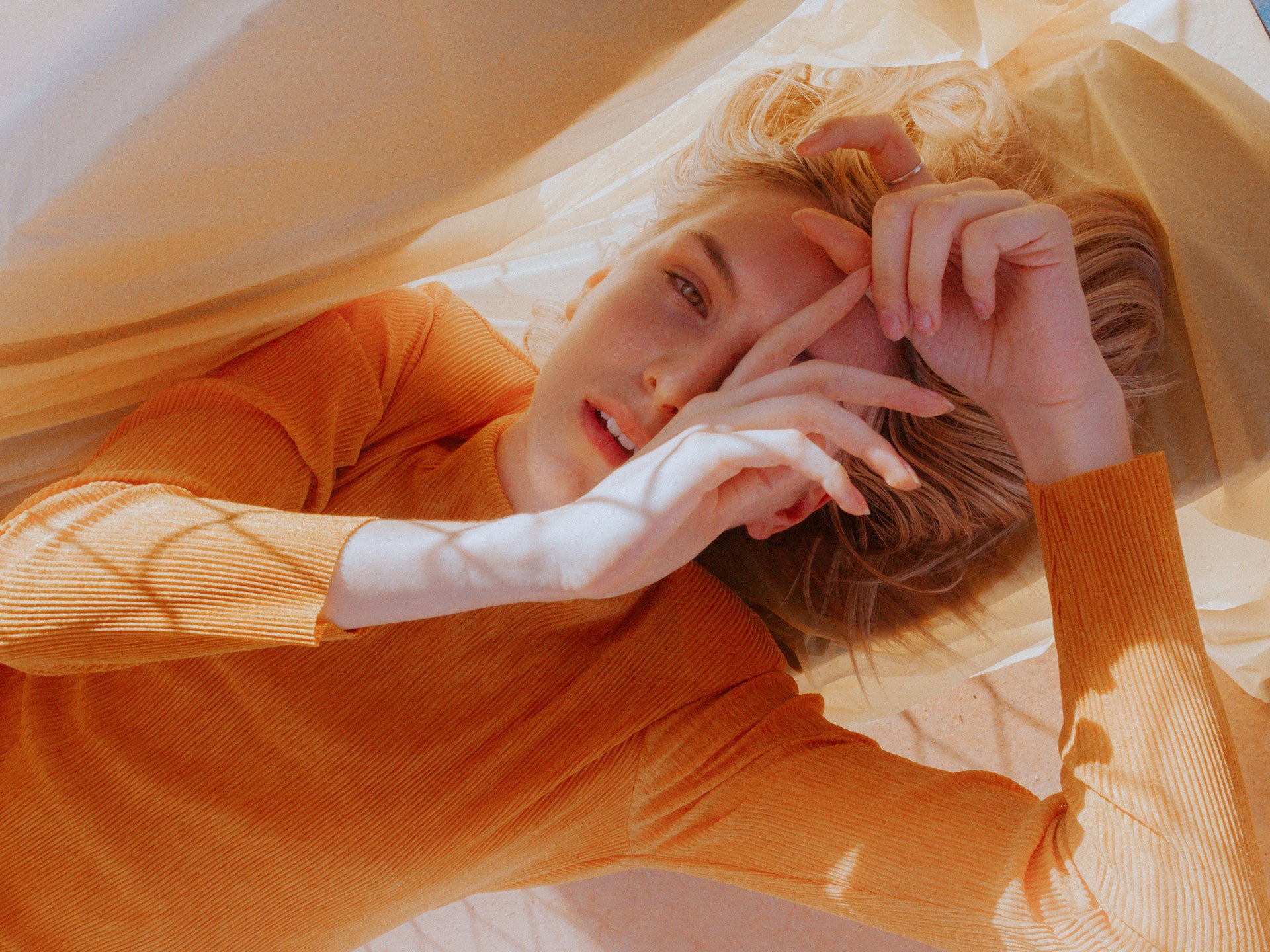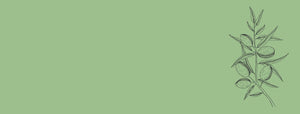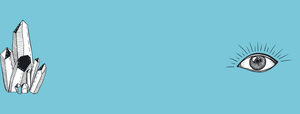The Tortured Artist is Simply the Silenced Soul: Here’s How to Heal

The tortured artist is a stereotype that we’re all too familiar with. We’ve been primed to believe that artistic and creative genius comes at a price. Sadly, the suppression of our creative gifts is often the cause of our energetic depletion, and certainly a lack of robust health. With visions of Van Gogh, Beethoven, and Georgia O’Keefe’s mental illness in our collective unconscious, how can we honor the stilted creative in us, and free ourselves from the depressed or even “crazy” artist archetype?
Jung would say that the artisan archetype is only depressed when it is in shadow – meaning that working artists, musicians, painters and play-writes are happy ones! Some of the most profound spiritual experiences we ever have are when we are creating great works of art. Even Beethoven understood this, “Don’t only practice your art, but force your way into its secrets, for it and knowledge can raise men to the divine.”
The link between depression and the creative-type is a real thing, but it isn’t what most of us would think. Major depression is amplified in those who tend to ruminate on their thoughts. The artist, musician, architect, singer, dancer and other creatives are people who will ruminate on unexpressed emotion and unfulfilled creativity more than the average person. This is the only reason why the “tortured artist” looms large in our collective unconscious.
When artists express those emotions, though, their depression often disappears. It also tends to lead to feelings of greater self-worth, confidence and love of the true-self.
The artist naturally gravitates toward beauty, and spirituality, but can also move into feelings of trauma or pain in order to transcend them. The creative arts offer one of the most profound ways to move through unexpressed emotions, because they often come out in art and music before the artist ever consciously acknowledges them.
Psychologists are even using art therapy, and music therapy to help us feel, and then integrate the pains f our past. While the rest of the world is taught repeatedly through societal messages to repress their emotions, the artist is invited to express everything – on a canvas, in a song, through their bodies in the creative expression of dance – so much so that a great catharsis reveals the true Self lurking underneath.
There is even scientific documentation that the creative arts – in all forms – has significantly positive effects on our health. In our own collective history, these arts have a foundation in Shamanism – in the invocation of certain creative skills like dancing, singing, painting, and more – to heal the spiritual soul. The arts and humanities are priceless. So, why then is the figure of the tortured artist so forcefully pressed upon on?
Could it be that the tortured artist – like any soul – is simply one that cannot express the feelings, aspirations, and spiritual longing that rest deep within him or her? Could it be that the depressed, repressed, frustrated artist represents a nagging tug that we need to act on these feelings, in alignment with our Higher Selves – the infinitely creative, just like Universal Intelligence?
If we are all searching for higher insights, what better way to arrive at them than through full, creative expression?
Insight is a fragment of awareness
that invites further exploration.
Intellect tends to enshrine its truth,
while soul hopes that insights
will keep coming until
some degree of wisdom is achieved. –
Thomas Moore, Care of the Soul
Even the doctors, engineers, lawyers, and statisticians among us will find that they have a hidden – or shadow – artist. If we can give those parts of ourselves full expression, it is likely many of our physiological and psychological ailments will simply float away like dandelion seeds on the wind.
If you haven’t ever given your creative Self a chance, it’s time to start now. The arts are the unsung hero of complementary and alternative medicine. You can learn more about artistic, musical, and creative offerings in your city, by doing a simple search of offerings.
Is there a watercolor class you can sign up for at your community college? Are they having poetry readings on a Saturday night at your local coffee shop? Have you walked through the halls of an art gallery lately? What about bringing a sketch-book with you to jot down creative ideas when they arise, instead of pretending they aren’t yearning to bubble to the surface?
There are a thousand and one ways to be creative, and equally as many to become depressed, but happiness awaits those who take the chance on their visionary, original, ingenious, and fertile imaginations. The tortured artist is just the tortured person. You can unchain yourself from such psychological captivity by giving your emotions the freedom to fly.


